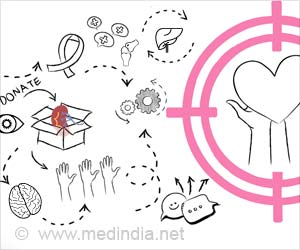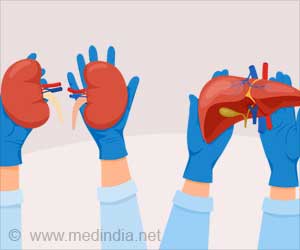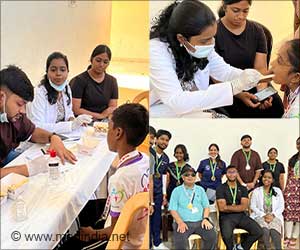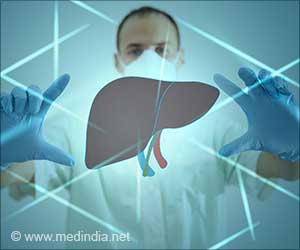WASHINGTON. In a breakthrough research scientists have for the first time been able to turn the embryonic stem cells in the lab into a type of cell that can give rise to organs such as pancreas, liver and lungs.
This important advancement will help scientists to use stem cells to repair diseased or damaged organs. The embryonic stem cells is almost like a magic cell that can give rise to all the different cell types found in the human body. The current thought process is that it can regenerate specific regions of the body, such as the brain or heart. The puzzle to solve is the type of chemical bath required to trigger these magic cell to take one route towards the specific organ regeneration. Sound fascinating and like science .fiction but this is the reality of stem cell research today. The scientists who are able to solve this mystery will instantly revolutionise medical treatment.The current research is one step towards this path. Emmanuel Baetge of CyThera Inc., in San Diego, and colleagues report their findings in the December issue of Nature Biotechnology. They report to have figured out a key piece of that puzzle and have revealed a chemical mix that can spur the stem cells to develop a layer found in developing embryos that gives rise to the thyroid, thymus, lungs, liver, pancreas and the lining of the respiratory and digestive tracts This layer is called endoderm.
"We have described an approach to produce highly enriched cultures of definitive endoderm from (human embryonic stem cells)," Baetge's team wrote.
The technique is "a critical step in generating scientifically and therapeutically useful cells of the definitive endoderm lineage, such as (liver cells) and pancreatic endocrine cells," he added .
"It basically shows human embryonic stem cells have the capacity to make this lineage and all the resulting cells that come from that that make up all these organs," Baetge told a press team
"If you were to use human embryonic stem cells to make products that treat disease, such as diabetes or liver failure, you'd have to go through the endoderm stage to get to it," he added.
Advertisement
CyThera, Baetge's company, is currently using stem cells to generate an unlimited supply of islet cells, which are found in the pancreas and produce insulin, to treat diabetes.










